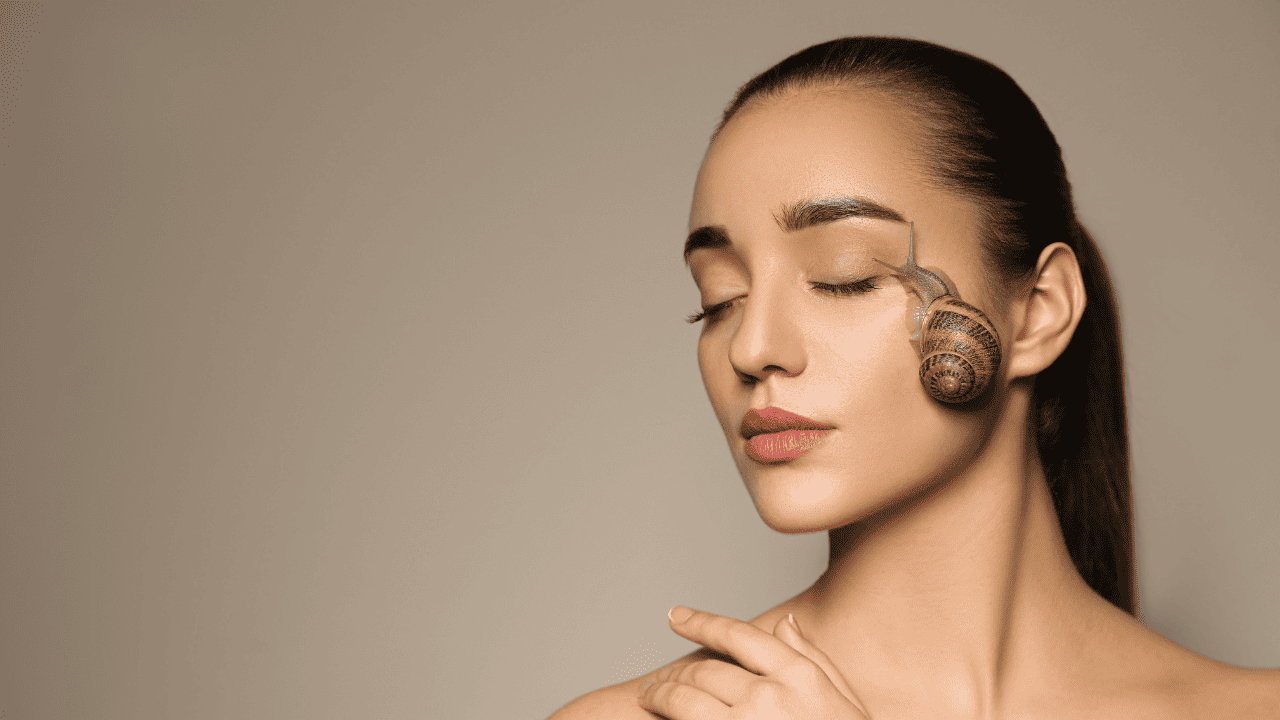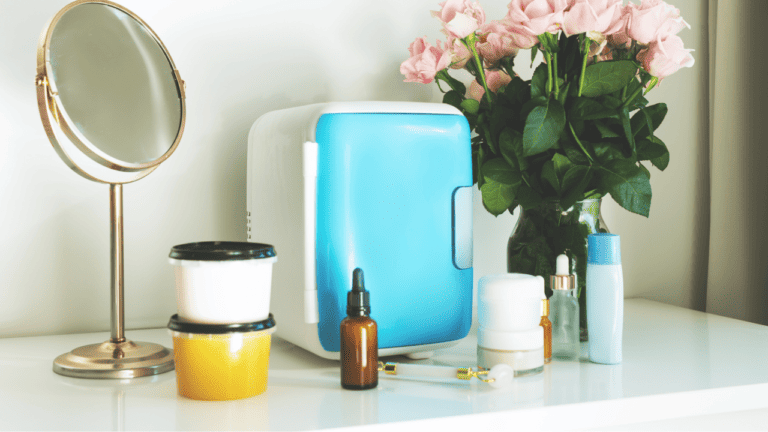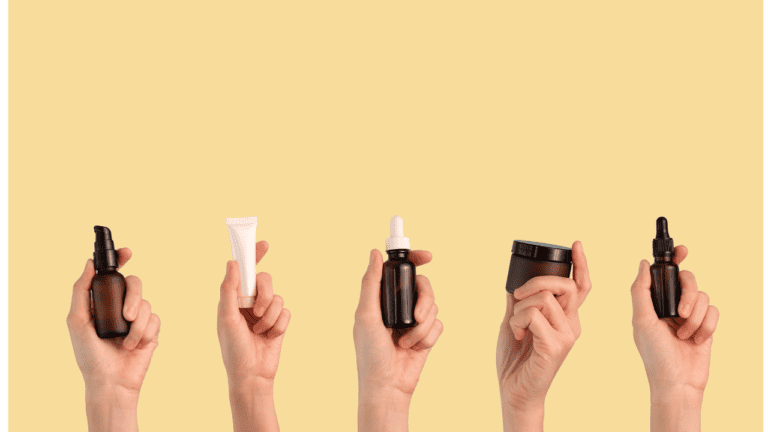Welcome to our exploration of the transformative effects of snail mucin on skin! Snail mucin, a revered ingredient in the skincare world, has gained immense popularity for its exceptional benefits. In this blog, we will delve into how this unique substance can revolutionize your skincare routine.
While the idea of using snail secretion might initially seem unusual, its efficacy is backed by both historical use and modern science. Whether you’re a skincare enthusiast or simply curious about this natural wonder, our journey through the multifaceted benefits of snail mucin promises to be enlightening and potentially game-changing for your skin health.
Key takeaways
- Snail mucin is a versatile skincare ingredient, known for its hydrating, anti-aging, and healing properties, suitable for various skin types.
- It’s important to conduct a patch test for sensitivity and choose products from brands that ethically source and produce snail mucin.
- The future of snail mucin in skincare looks promising, with ongoing research exploring its potential for broader dermatological applications.
Historical Background
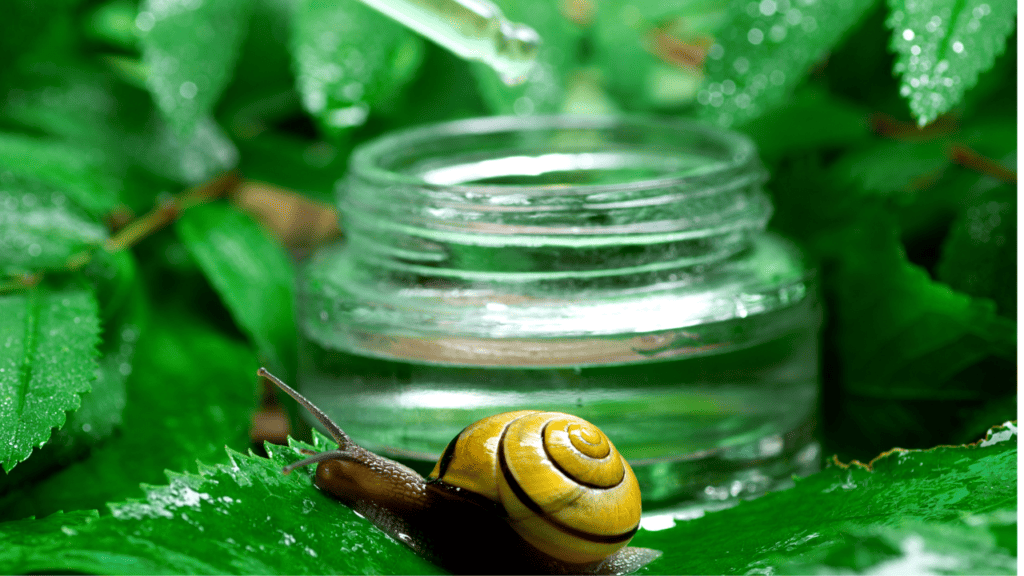
The Origins of Snail Mucin in Skincare
The use of snail mucin in skincare dates back to ancient times. Records indicate that famous Greek physician Hippocrates prescribed crushed snails for inflammatory skin conditions. In more recent history, Chilean farmers noticed smoother hands after handling snails for the French market, leading to the modern exploration of snail mucin in beauty products. This natural ingredient has been revered in various cultures for its healing and beautifying properties, making it a timeless component in the realm of skincare.
Cultural Significance Across the Globe
In different parts of the world, snail mucin has held a place of importance. For example, in Korean and French beauty practices, it’s hailed for its ability to enhance skin texture and appearance. The globalization of beauty trends has propelled snail mucin to worldwide recognition, integrating this ancient remedy into contemporary skincare routines across various cultures.
Science Behind Snail Mucin
Composition and Key Components
Snail mucin, the secretion from snails, is a complex mix of proteins, glycolic acids, elastin, antimicrobials, copper peptides, hyaluronic acid, and more. These components collectively contribute to skin rejuvenation and repair. Glycolic acid aids in exfoliation, while hyaluronic acid provides intense hydration. The presence of antimicrobial properties also makes snail mucin beneficial in treating skin irritations and acne.
How These Components Benefit the Skin
The unique composition of snail mucin offers various benefits. Proteins and elastin promote skin elasticity, reducing the appearance of wrinkles. Its natural antimicrobial properties help combat acne-causing bacteria, while antioxidants protect against environmental damage. This multifaceted approach to skin health is what makes snail mucin a coveted ingredient in skincare.
Benefits of Snail Mucin for Skin

Hydration and Moisturization
One of the primary benefits of snail mucin is its ability to deeply hydrate and moisturize the skin. This is largely due to its high concentration of hyaluronic acid, which can hold a significant amount of water. Regular use of snail mucin products can lead to plumper, more supple skin.
Anti-aging Properties
The anti-aging effects of snail mucin are notable. It helps in reducing the visibility of fine lines and wrinkles thanks to its collagen-stimulating properties. With regular use, users often report improved skin texture and a reduction in the signs of aging.
Healing and Regenerative Capabilities
Snail mucin is also known for its healing properties. It’s particularly effective in repairing acne scars, wounds, and other skin blemishes. This is attributed to its growth factors which speed up the skin’s natural healing process.
Brightening Effect
For those dealing with hyperpigmentation or uneven skin tone, snail mucin can offer a brightening effect. It helps in fading dark spots and balancing skin tone, contributing to a more radiant complexion over time.
Application in Modern Skincare
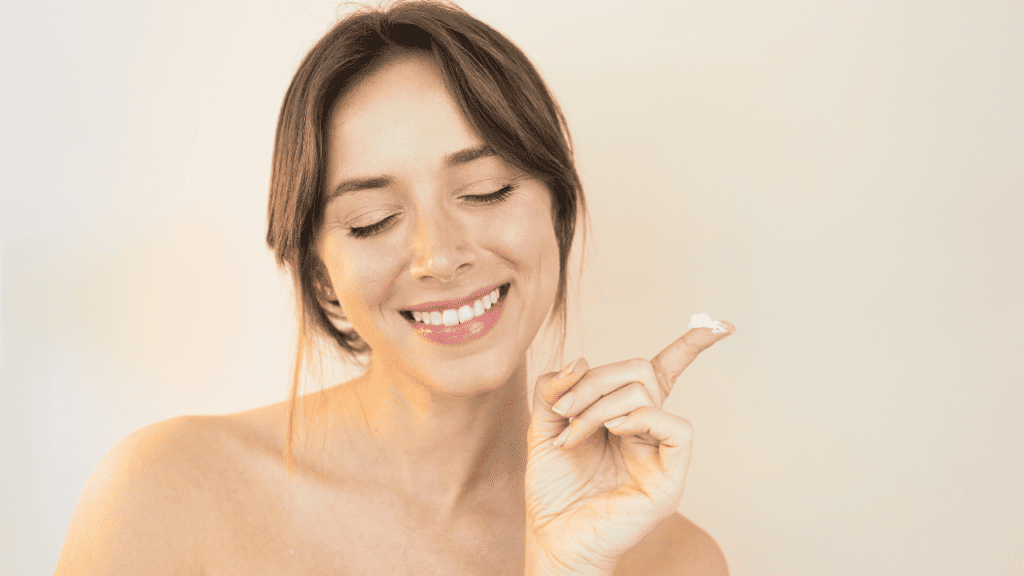
Different Forms of Snail Mucin Products
Today, snail mucin is available in various skincare products, including creams, serums, masks, and even in some makeup products. These formulations cater to different skin types and concerns, making snail mucin accessible to a wide range of users.
Incorporating Snail Mucin into a Skincare Routine
Integrating snail mucin into your skincare routine is straightforward. For beginners, starting with a snail mucin-based serum or cream is advisable. It’s important to patch test any new product to check for sensitivities. Snail mucin products can be used both in the morning and evening routines, depending on the specific product instructions and your skin’s needs.
By understanding the historical context, scientific background, and modern applications of snail mucin, users can make informed choices about incorporating this unique ingredient into their skincare regimen. Whether seeking hydration, anti-aging, healing, or brightening effects, snail mucin offers a versatile and effective solution for various skin concerns.
Considerations and Precautions
Skin Types and Snail Mucin
While snail mucin is generally suitable for all skin types, individuals with sensitive skin should approach with caution. Given its natural composition, snail mucin is typically gentle, yet every skin reacts differently to new ingredients.
It’s essential to understand your skin type and how it may respond to snail mucin. For oily and acne-prone skin, snail mucin can offer balancing and antimicrobial benefits. Dry and mature skin types may appreciate its hydrating and anti-aging properties.
Potential Side Effects and Allergies
Although rare, some people might experience irritation or allergic reactions to snail mucin. This is why patch testing any new snail mucin product is crucial. Apply a small amount on a less visible part of your skin, like the inner arm, and observe for any adverse reactions over 24 to 48 hours. Discontinue use if you notice redness, itching, or other forms of irritation.
Ethical Considerations in Production
The ethical sourcing and production of snail mucin are important factors to consider. Ensure that the products you choose come from brands that practice humane methods of extracting snail mucin. Researching the brand’s ethos and production practices can provide assurance about the ethical nature of the products you are using.
Real-world Success Stories
Case Studies
The effectiveness of snail mucin in skincare is supported by numerous case studies. Many individuals have reported significant improvements in skin hydration, texture, and overall appearance after incorporating snail mucin into their routines. For instance, some have seen a noticeable reduction in acne scars and hyperpigmentation, while others praise its anti-aging effects in diminishing fine lines and wrinkles.
- Snail mucin is a functional food ingredient for skin
- Advancing Discovery of Snail Mucins Function and Application
Before-and-After Scenarios
The transformative impact of snail mucin is often best illustrated through before-and-after comparisons. These real-life examples showcase visible changes in skin conditions such as dryness, dullness, acne scars, and signs of aging. Such evidence highlights the potential of snail mucin as a powerful ingredient in achieving various skincare goals.
- Use of cream containing mucus secreted by snails has an anti-aging effect on skin
- Dosage of Bioactive Molecules in the Nutricosmeceutical Helix aspersa Muller Mucus and Formulation of New Cosmetic Cream with Moisturizing Effect
Future of Snail Mucin in Skincare
Emerging Research and Potential New Uses
The field of dermatology is continually evolving, with ongoing research into the full potential of snail mucin. Emerging studies are exploring its broader applications, including its role in treating more severe skin conditions and its potential integration with other skincare advancements.
Snail Mucin’s Place in the Evolving Skincare Industry
Snail mucin has already cemented its place as a staple in the skincare industry, but its journey doesn’t stop here. As consumer awareness and demand for natural, effective skincare ingredients grow, snail mucin continues to gain prominence. Its versatility and proven benefits make it a likely mainstay in both current and future skincare formulations, appealing to a wide range of consumers seeking sustainable and effective skincare solutions.
Conclusion
As we conclude our journey through the world of snail mucin and its skin-transformative effects, it’s clear that this natural ingredient is more than just a passing trend in skincare. Its ability to hydrate, rejuvenate, and heal the skin has been demonstrated through various studies and user experiences. For those looking to enhance their skincare routine, snail mucin presents a unique and effective option.
Remember, the key is to choose products that align with your skin type and concerns. As the skincare industry continues to evolve, the enduring appeal of snail mucin stands as a testament to nature’s ability to nurture and restore our skin. Thank you for joining us on this enlightening exploration, and we hope you’re inspired to consider the potential of snail mucin in your own skincare journey!
FAQs
What skin types benefit most from snail mucin?
Snail mucin is generally beneficial for all skin types, particularly for those with dry, aging, or acne-prone skin due to its hydrating, anti-aging, and healing properties.
Can snail mucin replace other skincare ingredients?
Snail mucin is a complement rather than a replacement, working well with other skincare ingredients to enhance overall skin health.
Are there any skin conditions that should avoid snail mucin?
Individuals with mollusk allergies or extremely sensitive skin should consult a dermatologist before using snail mucin products.
